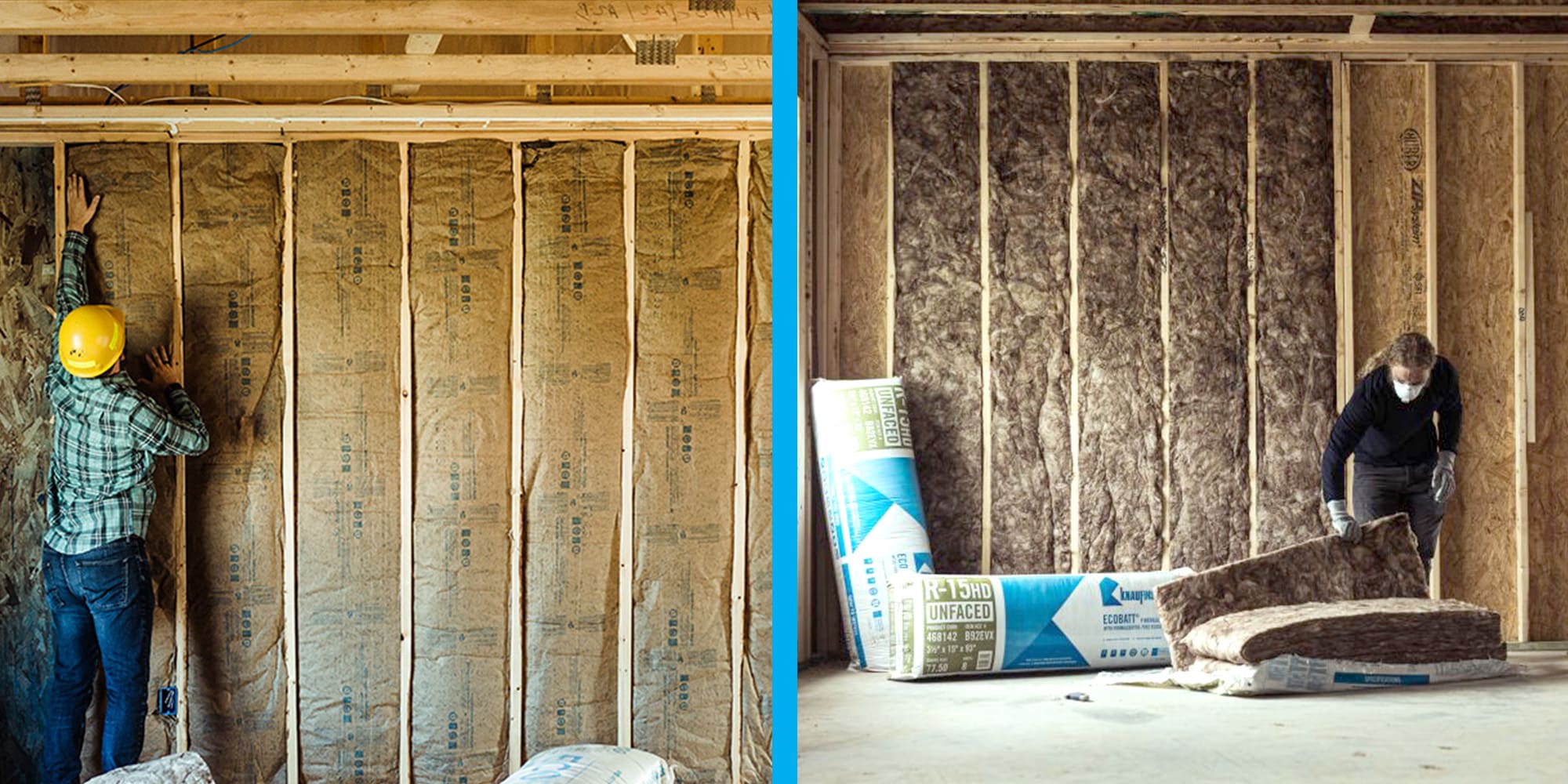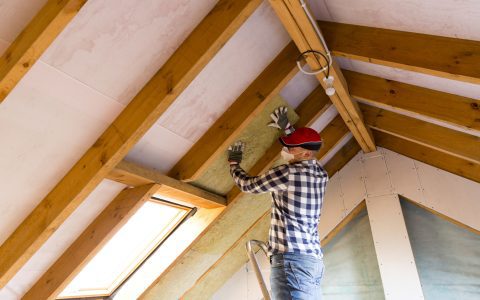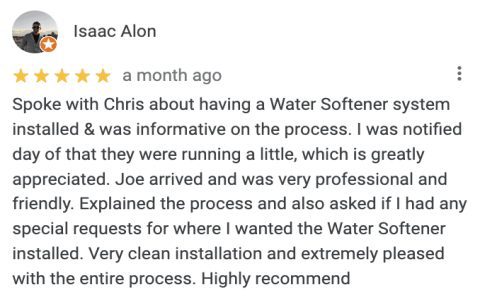Faced vs. Unfaced Insulation: Key Differences and Applications
Understanding the core distinction is crucial for effective thermal performance and moisture management in building assemblies.
Faced Insulation:
This type of insulation has a facing material attached to one side. Common facing materials include kraft paper, foil scrim kraft (FSK), or vinyl. The primary purpose of this facing is to act as a vapor retarder. It helps control the movement of water vapor, preventing condensation within the building cavity which can lead to mold, rot, and reduced R-value. Some facings also offer a taping flange for easier and more secure installation, creating a more continuous vapor retarder layer.

Unfaced Insulation:
As the name suggests, unfaced insulation is simply the insulation material (e.g., fiberglass, mineral wool, cotton batts) without any attached facing. It provides thermal resistance but does not offer inherent vapor control capabilities.
When to Use Faced Insulation
Faced insulation is typically recommended in the following scenarios, with the facing generally oriented towards the warm-in-winter side of the cavity (i.e., towards the conditioned interior space in most climates):
- Exterior Walls: For initial insulation in stud cavities of framed walls.
- Floors Above Unconditioned Spaces: Such as over crawl spaces or unheated basements. The facing should be installed upwards, against the subfloor.
- Ceilings/Attics (Below Vented Attics): In colder climates, the facing is installed downwards, towards the heated living space, to prevent moisture from migrating into the attic.
- Rim Joists/Band Joists: To insulate and provide a vapor retarder.
- Basement Walls: When insulating the interior of foundation walls, the facing should point towards the conditioned basement space.
Important Note: In hot, humid climates, the placement of the vapor retarder can differ. Local building codes and climate-specific building science principles should always guide the decision. Sometimes, an exterior vapor retarder or no vapor retarder with a vapor-permeable assembly is preferred.
When to Use Unfaced Insulation
Unfaced insulation is the appropriate choice in several situations:

- Adding to Existing Insulation: If there is already a vapor retarder in place (e.g., existing faced insulation or a separate polyethylene sheet), using unfaced insulation on top prevents creating a "double vapor barrier," which can trap moisture between the two retarders.
- Interior Walls: For sound control between rooms where moisture control is not a primary concern.
- Between Conditioned Floors: For sound dampening between occupied levels.
- When a Separate Vapor Retarder is Planned: If you intend to install a separate, continuous vapor retarder membrane (like polyethylene sheeting or a smart vapor retarder) independently of the insulation.
- Crawl Space Walls (Exterior): Often used in conditioned or encapsulated crawl spaces where a different strategy for ground moisture is employed.
- Applications Requiring Vapor Permeability: In some wall assemblies designed to dry to both the interior and exterior.
Key Considerations
- Local Building Codes: Always consult and adhere to local building codes, as they dictate requirements for vapor retarders based on climate zone and construction type.
- Climate Zone: The IRC (International Residential Code) and IECC (International Energy Conservation Code) provide guidance on vapor retarder requirements by climate zone. The "warm-in-winter" rule for facing placement generally applies to colder climates.
- Type of Facing: Facings have different permeance ratings. Kraft paper is typically a Class II vapor retarder, while foil facings are Class I (more resistant to vapor). Choose according to the required level of vapor control.
- Installation Quality: For faced insulation to function correctly as a vapor retarder, it must be installed meticulously, with any tears or gaps sealed.
In summary, faced insulation incorporates a vapor retarder and is generally used on the "warm-in-winter" side of exterior building components in many climates. Unfaced insulation is used when an additional vapor retarder is undesirable or unnecessary, such as when adding to existing insulation, for interior sound control, or when a separate vapor retarder system is employed.










